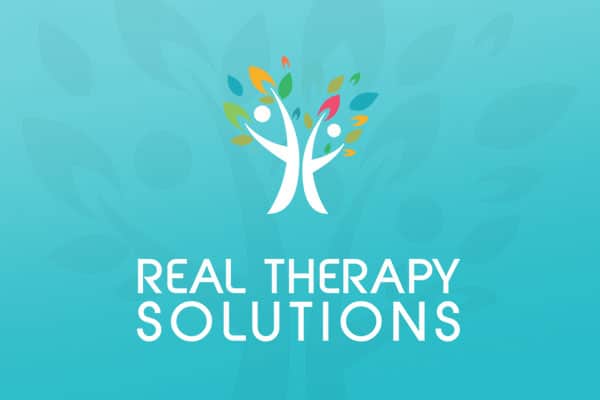Autism Spectrum Disorder is classified as a pervasive neurodevelopmental disorder. What this means is it is lifelong and relates to the development of the brain. Autism Spectrum Disorder is characterised by difficulties with social communication and interaction, and ritualised patterns of behaviours. Symptoms often present in early childhood, but the average age of diagnosis is 5.49 years.
A number of risk factors have been identified that could contribute to the development of Autism Spectrum Disorder, however there is no definitive cause of autism identified at the present time.
No two children diagnosed will be the same, as the symptoms present differently in different individuals. Autism lies on a continuum of severity from mild to severe, or high functioning to low functioning. This is based on the level of support the individual requires based on their symptoms.
More males have been diagnosed with Autism Spectrum Disorder than females, with the 2012 Australian prevalence rates being 0.8% for males and 0.2% for females. It was previously thought that autism affects approximately four times more males than females, however this ratio is thought to be closer to 3:1 males to females diagnosed with autism.
Research suggests that up to 70% of individuals with autism are diagnosed with another medical, developmental or psychological condition including:
• Intellectual disability
• Atypical language development
• Gastrointestinal problems
• Sleep disorders
• Anxiety
• Depression
• Attention-deficit hyperactivity disorder (ADHD)
This high rate of co-occurring diagnoses could be due to overlapping symptoms and diagnostic criteria.
To find out more about Autism Spectrum Disorder, look out for our free parent workshops on Understanding Autism.




